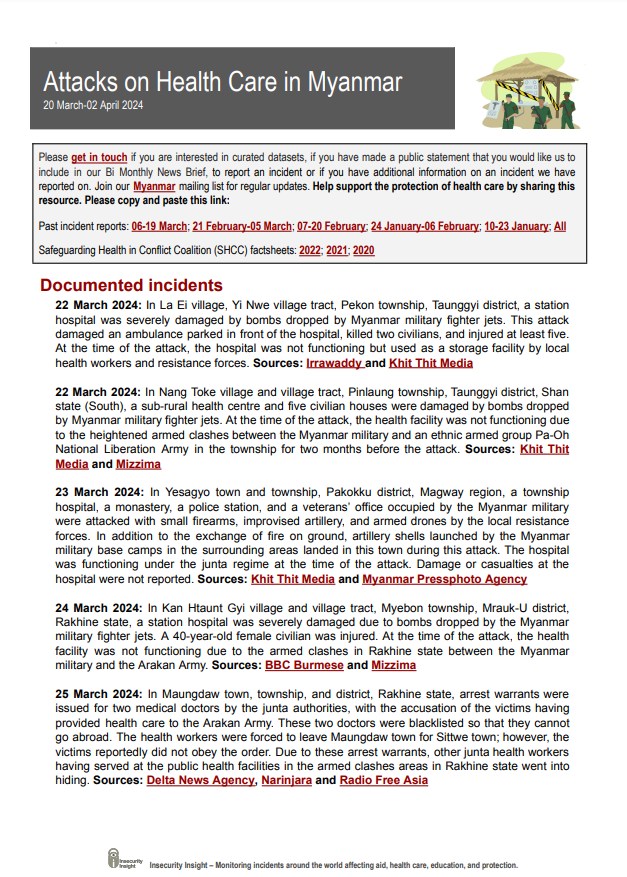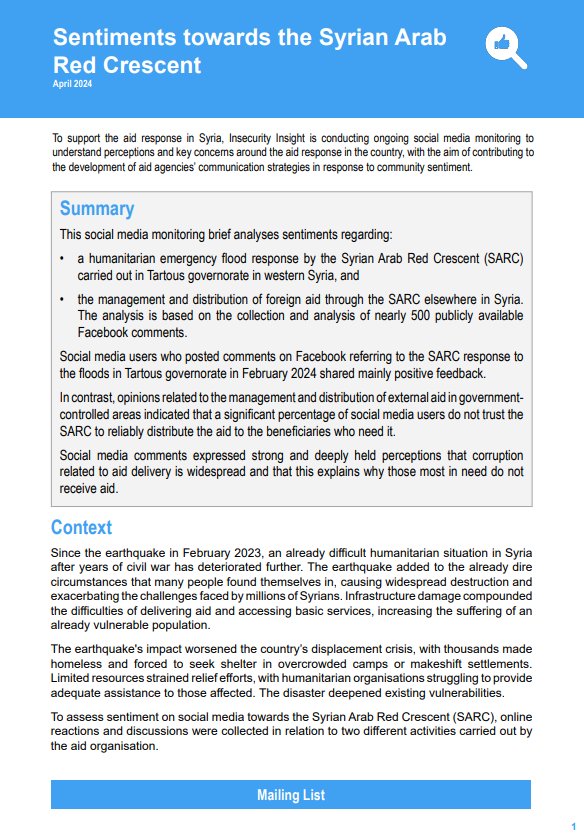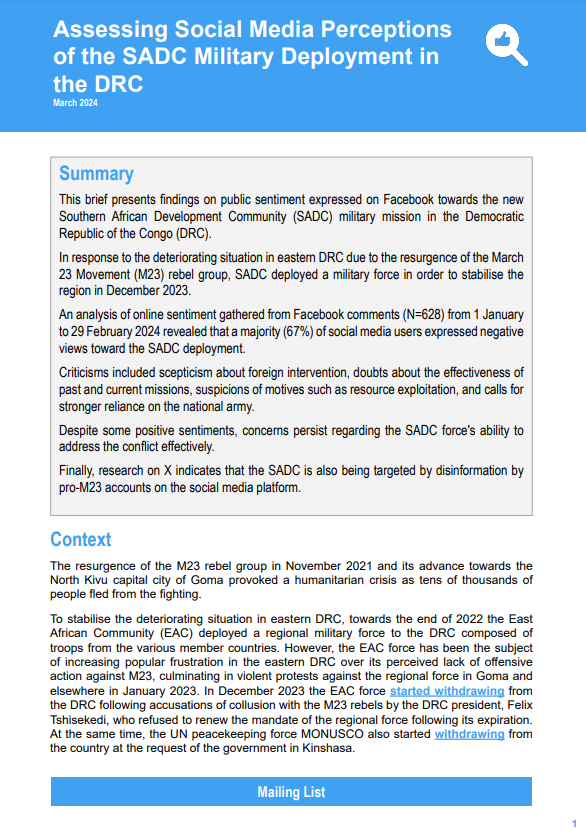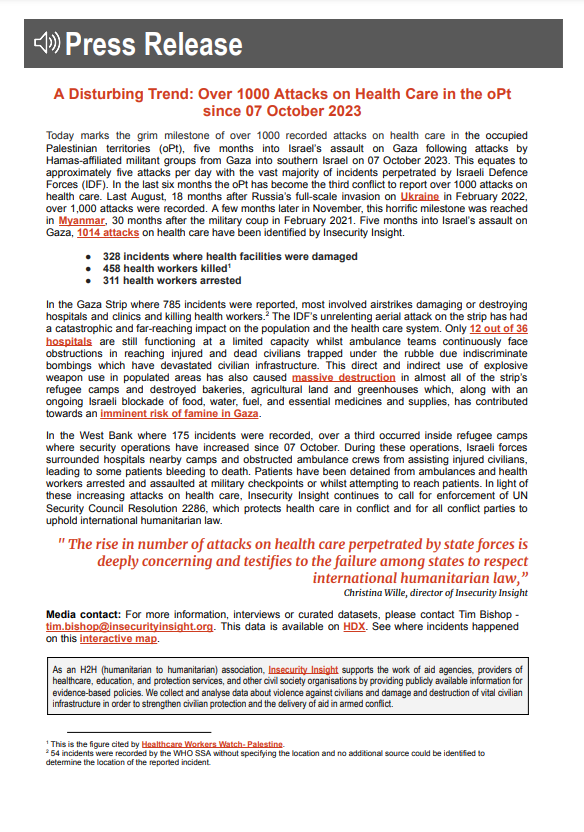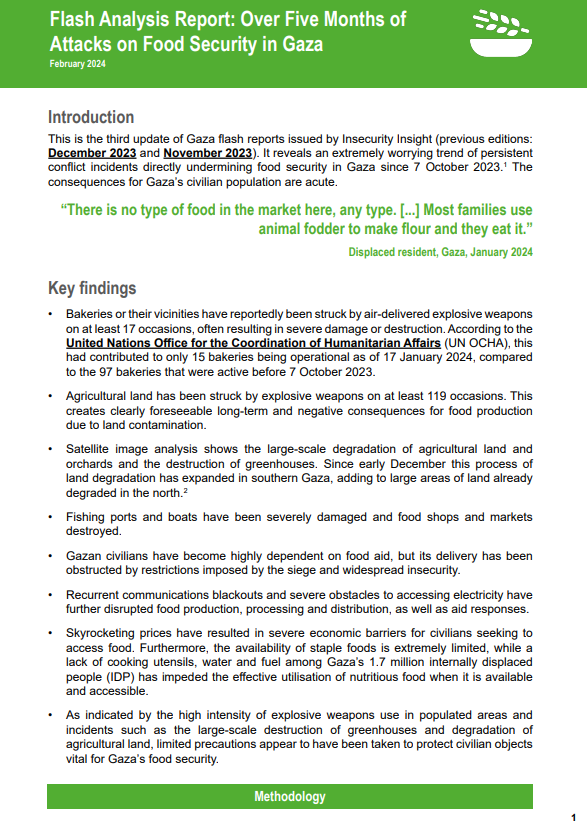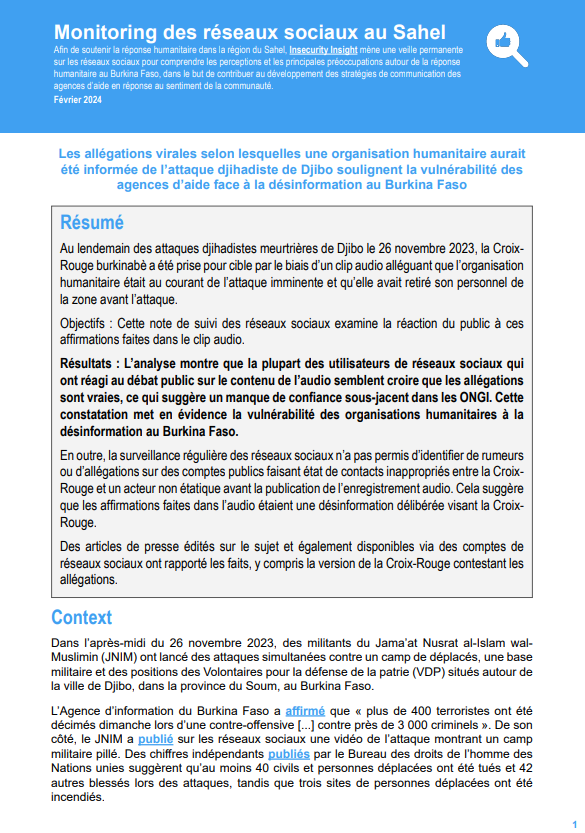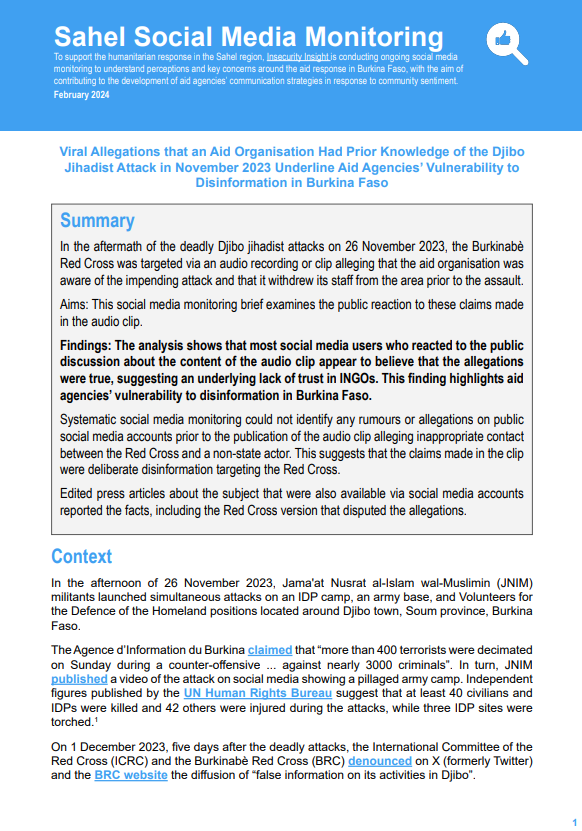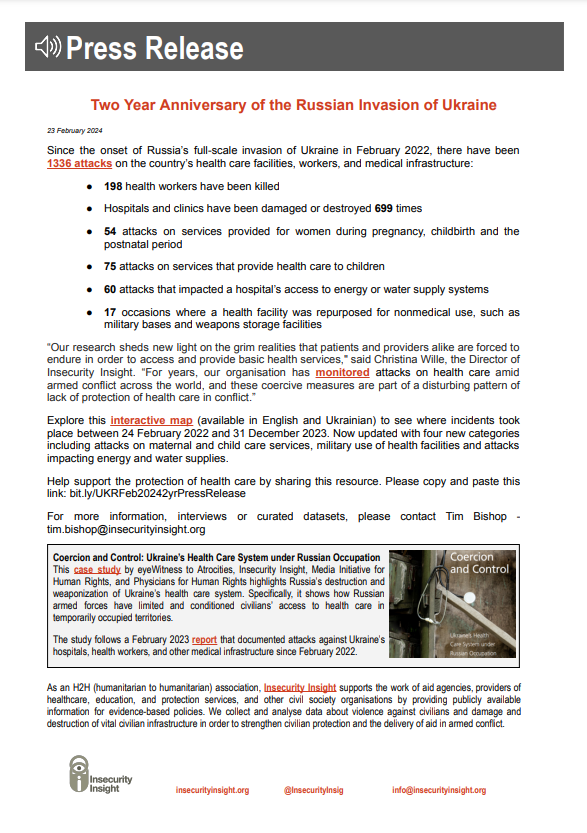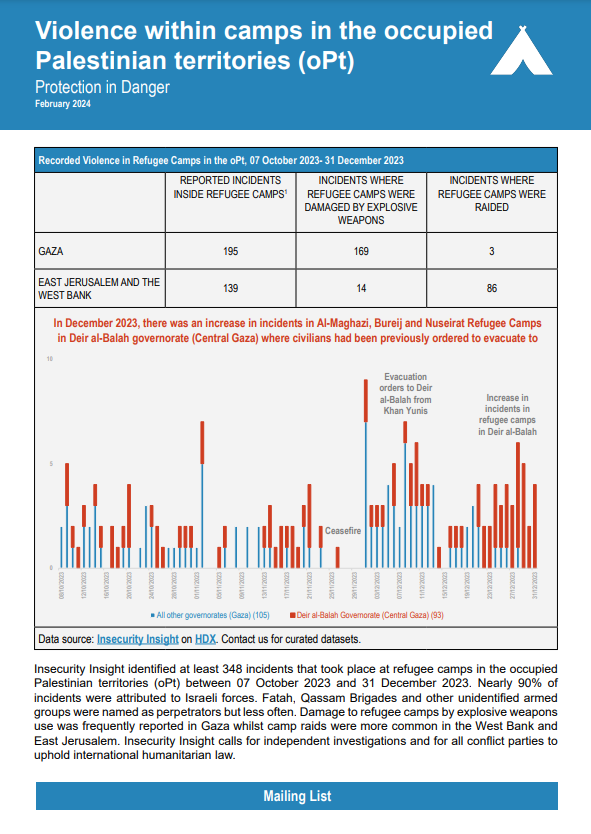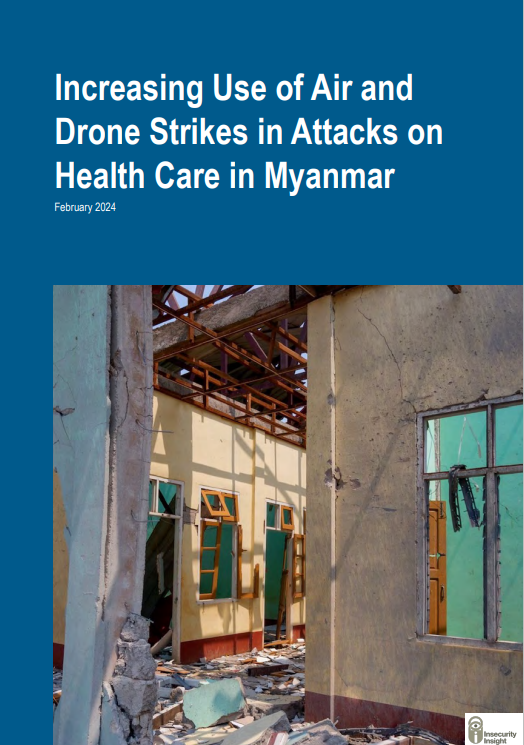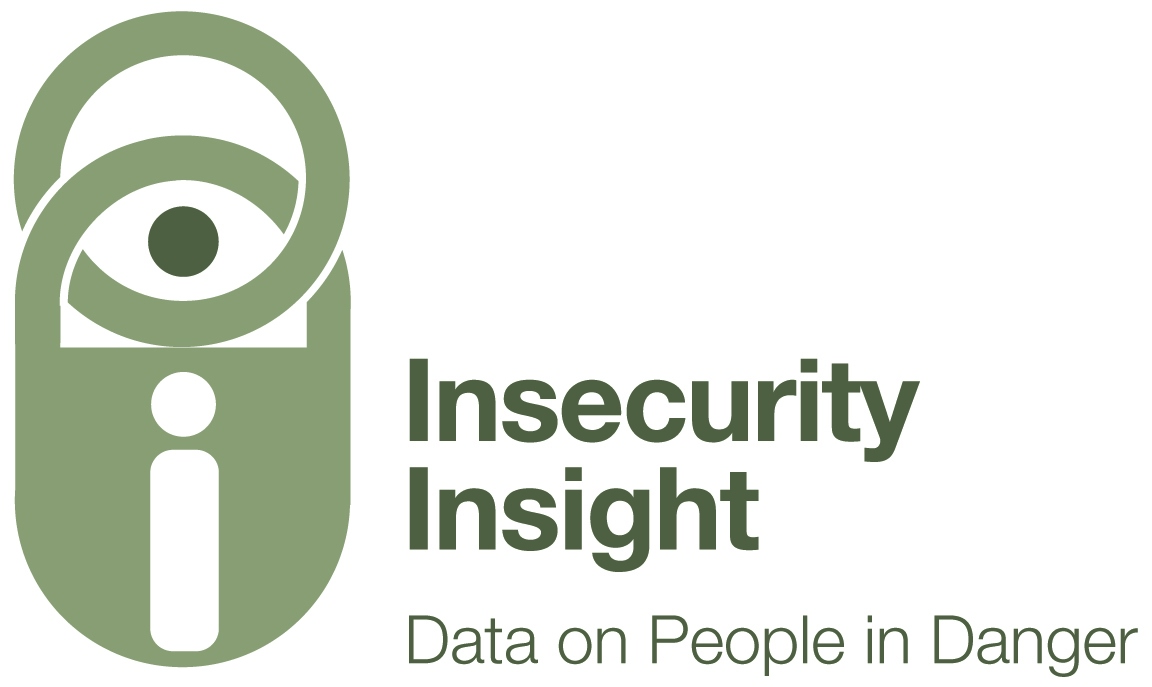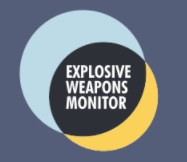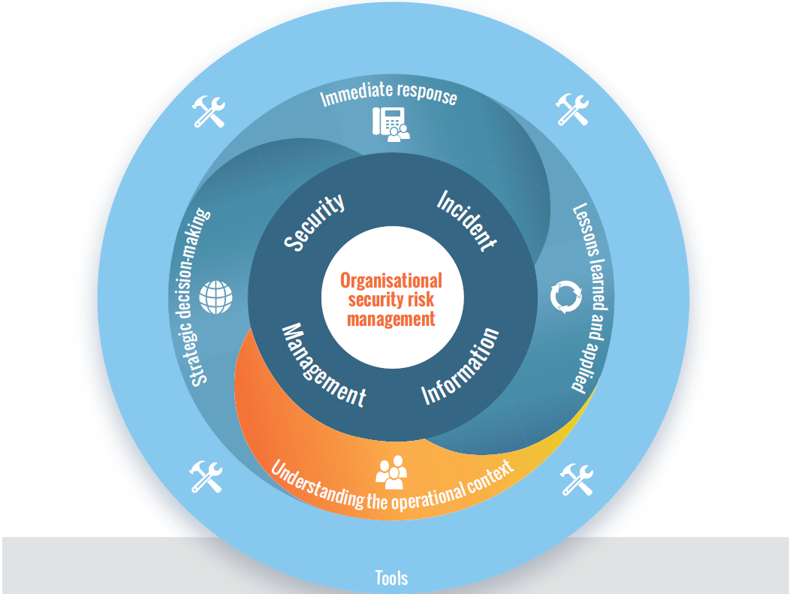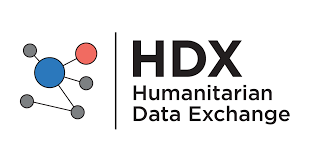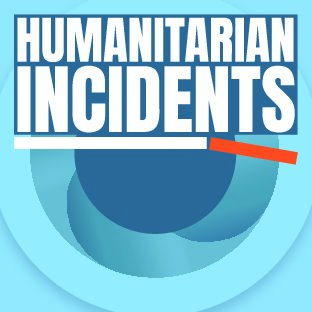Every two weeks, we issue the Aid in Danger Bi-Monthly News Brief on violence affecting aid security around the world.
We share a range of datasets on the Humanitarian Data Exchange (HDX) including dates, locations, and actors involved in incidents of threats and violence affecting aid workers and aid agencies around the world.
Country analysis providers context to the violence.
Social media monitoring provides a window into views expressed on social media on perceptions and how violence may affect aid work.
The Security Incident Information Management (SIIM) (which is available in four languages) provides a road map, self-assessment and many tools regarding how aid agencies can monitor violence.
